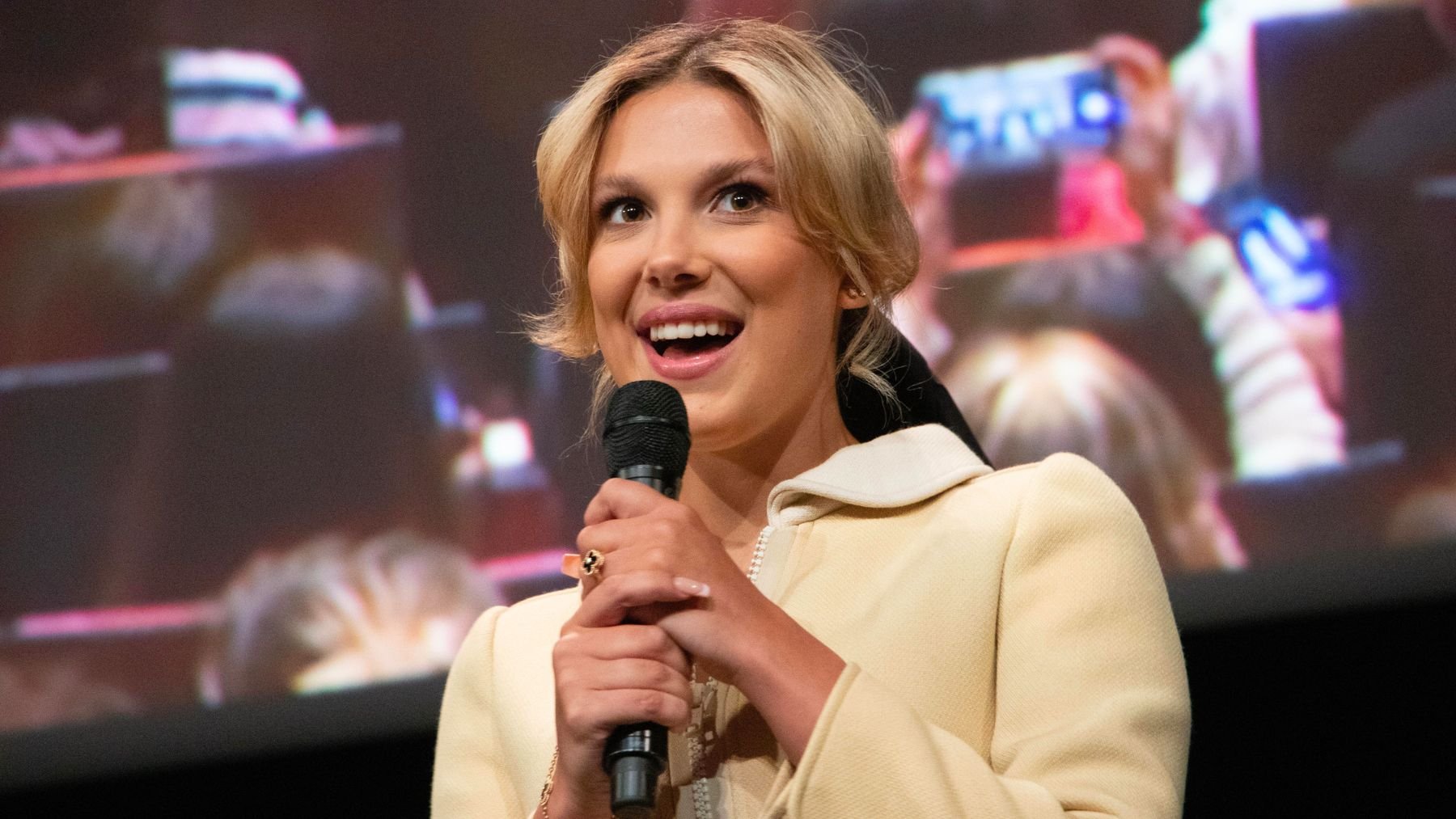Millie Bobby Brown’s recent appearance at The Electric State premiere generated immediate buzz. The 21-year-old actor, celebrated for her youthful charm in Stranger Things, unveiled a daring blonde transformation that has ignited debate among fans, critics, and industry experts. Renowned celebrity stylist Kenzo Yonekura described the look as “tremendously artificial”, suggesting it makes her appear significantly older. So, what lies behind this unexpected shift?
Let’s break down the specific styling choices fueling the conversation, from the choice of hair color to the distinctive techniques employed, and explore how even subtle adjustments can dramatically alter public perception. More importantly, we’ll examine why personal style should prioritize authenticity rather than conforming to fleeting trends or arbitrary rules about “looking young”. Let’s get to it.
Millie’s blonde transformation: a stylist’s perspective
Brown’s new platinum blonde color, combined with a loosely styled updo, represents a striking departure from her natural brunette waves. Styling experts attribute the aging effect to the pairing of an overly intense, uniform blonde with a high, disheveled bun. The absence of dimensional color, such as carefully placed highlights or lowlights, flattened her features, while the updo accentuated angularity instead of softening her facial contours.
Besides, her makeup and wardrobe choices intensified the overall look. Deliberate contouring of her cheekbones, overlined brown lips, and a corseted, medieval-inspired gown contributed to a formal, maturing aesthetic. Although bold styling can sometimes be effective, in this case, the execution clashed with Brown’s naturally fresh, youthful aura. Many stylists argue that the disconnect between her age and the severity of the styling resulted in an unintentionally dated appearance.
Beyond “anti-aging” rules and expectations
The discussion surrounding Brown’s new look raises a broader question: why do we automatically equate “youthful” with “flattering”? After all, hair and makeup should be about enhancing what makes you feel confident, regardless of trends.
For example, a bold blonde hue can look stunning when it’s carefully balanced with your natural skin undertones—cool blondes can complement pink or blue undertones, while warmer, golden hues work well with more sun-kissed complexions.
If a style feels forced, like a harsh color or an overly intricate updo demanding constant upkeep, it can easily overshadow your natural charm. Brown’s case shows that even expertly executed styling techniques can fall flat when they don’t feel authentic to her aesthetic.
Although some critics claim her new look makes her appear older, such subjective impressions don’t necessarily indicate poor style. Ultimately, a successful hairstyle should resonate with an individual’s true essence rather than conforming to arbitrary standards of youthfulness.
Millie Bobby Brown’s recent experiment with her look demonstrates that hair and style are powerful tools for self-expression when they genuinely reflect your personality. Despite debates over whether her new style “added years”, the key takeaway is to prioritize what feels true to you over conventional ideals.
Whether you opt for a jet-black pixie cut or elegant silver-gray waves, true confidence flourishes when your outer appearance mirrors your inner self. As for Brown’s next style chapter, we remain excited—as long as it remains uniquely hers.

